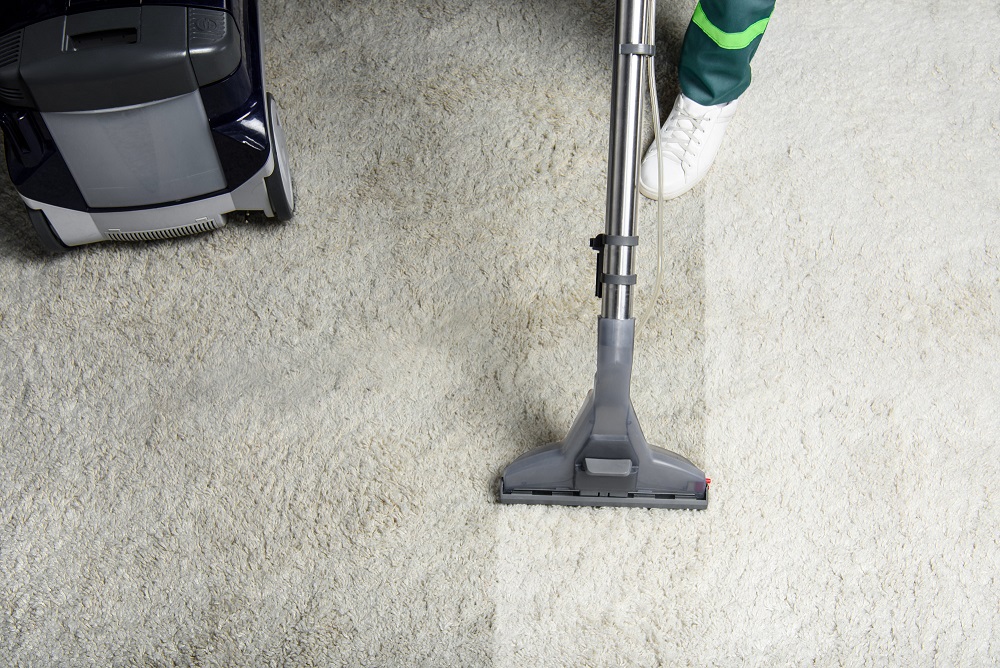Moving out of a home can be a stressful time, and ensuring that everything is spotless can add to the pressure. One of the most daunting tasks is often carpet cleaning. However, with some guidance, DIY move out carpet cleaning can be manageable, effective, and even satisfying. This guide will walk you through the process, providing tips and tricks to make your carpets look as good as new.

1. Understanding the Importance of Clean Carpets
Clean carpets are not just about aesthetics. They can significantly impact the impression potential buyers or landlords have of your space. Moreover, leaving carpets dirty could result in fines or loss of deposit. Therefore, investing time in a thorough clean is essential.
2. Preparing for Cleaning
2.1 Gather Your Tools
Before you begin, ensure you have all necessary tools, such as a vacuum cleaner, carpet shampoo, brushes, and a steam cleaner if available. For more on effective tools, check out storing carpet cleaning products.
2.2 Choose the Right Products
Select products that suit your carpets material. For wool carpets, consider non-toxic solutions that wont damage the fibers. You can learn more about this at non-toxic solutions.
3. Step-by-Step Carpet Cleaning Process
3.1 Initial Vacuum
Start by vacuuming to remove loose dirt and dust. This step is crucial in preventing dirt from becoming embedded in the carpet fibers during the cleaning process.
3.2 Stain Treatment
Identify and treat stains using appropriate removers. Always test a small area first to ensure the product doesnt discolor the carpet.
3.3 Shampooing the Carpet
Use a carpet shampoo suitable for your carpet type. Apply it evenly, focusing on high-traffic areas, and follow the instructions on the product label.
3.4 Steam Cleaning
If you have access to a steam cleaner, it can provide a deep clean. Steam cleaning can help remove dirt and bacteria that regular vacuuming cannot. For more on using steam safely, see using steam mop.
4. Drying the Carpet
Allow the carpet to dry completely before walking on it. Use fans or open windows to speed up the drying process. Ensuring the carpet is dry prevents mold and mildew growth.
5. Final Vacuum
Once the carpet is dry, vacuum again to lift the fibers and remove any remaining cleaning residue.
6. Tips for Success
6.1 Regular Maintenance
Regular maintenance makes move-out cleaning more manageable. Vacuum frequently and address spills immediately.
6.2 Protecting High-Traffic Areas
Use rugs or mats in high-traffic areas to protect your carpet from wear and tear. This can significantly extend the life of your carpet.
7. Safety Considerations
Always follow product safety instructions and keep cleaning solutions out of reach of children and pets. If you or anyone in your home suffers from allergies or asthma, you may want to check out tips specifically designed for such conditions at cleaning for allergies.
8. Environmental Impact
Consider using environmentally friendly products to reduce your carbon footprint. These products are less harmful to the environment and often healthier for your household.
9. When to Call Professionals
If your carpets are heavily soiled or damaged, it might be best to call professional cleaners. They have the equipment and expertise to handle tough jobs. For more advice on when to seek professional help, visit professional cleaning advice.
10. Conclusion
DIY move out carpet cleaning doesn’t have to be daunting. With the right tools and techniques, you can achieve professional-level results on your own. This not only saves money but also ensures your home is in top condition when you leave.

FAQs
1. How often should I clean my carpets?
Its recommended to vacuum at least once a week and do a deep clean every 12 to 18 months.
2. Can I use a steam mop on carpets?
Yes, but ensure it’s safe for your carpet type. For more information, see cleaning guide.
3. Are there any eco-friendly cleaning solutions?
Yes, many eco-friendly solutions are available that are effective and safe for the environment.
This article contains affiliate links. We may earn a commission at no extra cost to you.


